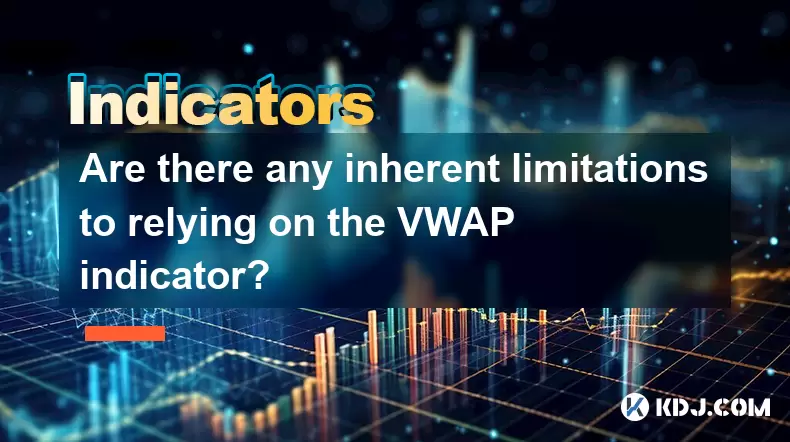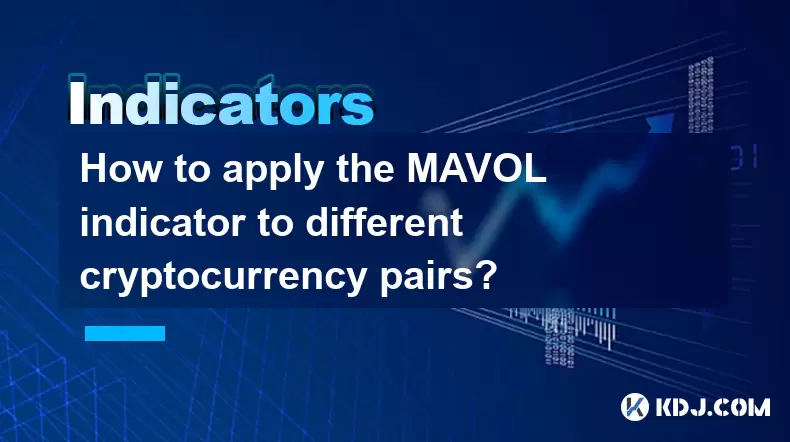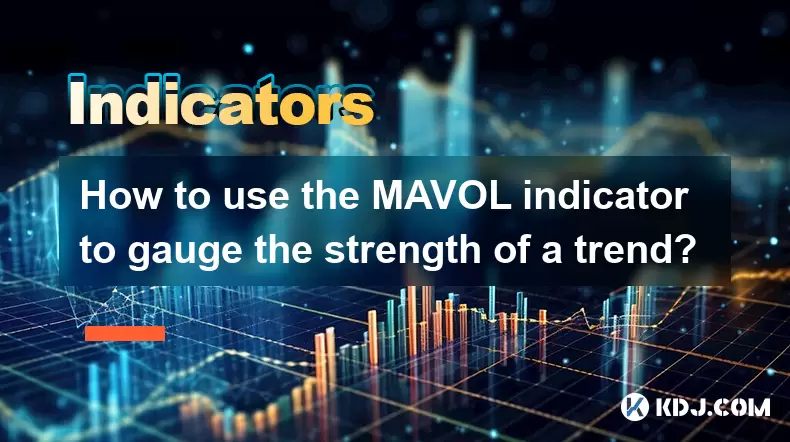-
 Bitcoin
Bitcoin $118400
0.47% -
 Ethereum
Ethereum $3836
2.20% -
 XRP
XRP $3.157
2.98% -
 Tether USDt
Tether USDt $0.9999
-0.03% -
 BNB
BNB $801.5
1.31% -
 Solana
Solana $180.9
2.07% -
 USDC
USDC $0.9999
-0.02% -
 Dogecoin
Dogecoin $0.2225
2.50% -
 TRON
TRON $0.3285
-1.02% -
 Cardano
Cardano $0.7789
2.60% -
 Hyperliquid
Hyperliquid $43.60
2.39% -
 Sui
Sui $3.892
4.41% -
 Stellar
Stellar $0.4229
3.34% -
 Chainlink
Chainlink $18.01
3.98% -
 Hedera
Hedera $0.2745
6.77% -
 Bitcoin Cash
Bitcoin Cash $582.3
3.38% -
 Avalanche
Avalanche $23.77
1.04% -
 Ethena USDe
Ethena USDe $1.001
0.01% -
 Toncoin
Toncoin $3.493
3.59% -
 Litecoin
Litecoin $110.0
2.48% -
 UNUS SED LEO
UNUS SED LEO $8.936
-0.37% -
 Shiba Inu
Shiba Inu $0.00001304
2.49% -
 Uniswap
Uniswap $9.999
1.09% -
 Polkadot
Polkadot $3.897
3.26% -
 Monero
Monero $308.6
-0.83% -
 Dai
Dai $0.9999
-0.01% -
 Bitget Token
Bitget Token $4.504
-0.04% -
 Pepe
Pepe $0.00001154
2.95% -
 Cronos
Cronos $0.1471
3.06% -
 Ethena
Ethena $0.6691
19.53%
Are there any inherent limitations to relying on the VWAP indicator?
VWAP is a volume-weighted average price used in crypto trading, but its intraday reset, lag, and sensitivity to early volume limit its reliability for long-term or cross-asset analysis.
Jul 31, 2025 at 07:59 am

Understanding the VWAP Indicator and Its Core Function
The Volume Weighted Average Price (VWAP) is a widely used technical analysis tool in the cryptocurrency and broader financial markets. It calculates the average price of an asset weighted by volume over a specific time period, typically a single trading session. The formula integrates both price and volume data, making it more reflective of true market activity than a simple moving average. Traders use VWAP to determine the average price at which the majority of trading has occurred, helping them assess whether current prices are favorable or not. When the current price is above VWAP, it may suggest bullish sentiment, while a price below VWAP could indicate bearish pressure.
Time Dependency and Intraday Limitations
One of the most significant constraints of VWAP is its reliance on a single trading session. By design, VWAP resets at the beginning of each new trading period, making it primarily useful for intraday trading. This reset means that VWAP does not carry over data from previous days, which can lead to misleading signals when analyzing longer-term trends. For instance, a cryptocurrency that experienced heavy volume and price movement yesterday will not reflect that in today’s VWAP calculation unless similar activity occurs again. As a result, long-term investors or swing traders relying solely on VWAP may miss critical context from prior sessions. The indicator’s inability to accumulate multi-day data diminishes its effectiveness beyond the current trading window.
Sensitivity to Early-Session Volume Spikes
VWAP is heavily influenced by volume distribution throughout the trading day. If a large volume of trades occurs early in the session—such as during a sudden price breakout or news-driven event—the VWAP line can become skewed. For example:
- A sudden surge in buying volume at market open can pull the VWAP upward rapidly.
- This early bias may persist for the remainder of the day, even if later trading activity contradicts the initial trend.
- Traders entering positions based on the assumption that price above VWAP indicates strength might be misled if the early spike was an anomaly.
This sensitivity makes VWAP less reliable during periods of asymmetric volume distribution, especially in the volatile cryptocurrency markets where sudden pumps or dumps are common. The indicator does not distinguish between sustained momentum and temporary noise, potentially leading to false signals.
Lagging Nature and Delayed Feedback
Like most average-based indicators, VWAP is inherently lagging. It reflects historical data rather than predicting future price movements. Because it continuously recalculates based on cumulative volume and price, changes in VWAP occur gradually. This means:
- Sharp price reversals may not be immediately reflected in the VWAP line.
- Traders using VWAP crossovers as entry or exit signals may experience delayed responses.
- In fast-moving crypto markets, such delays can result in missed opportunities or increased slippage.
Moreover, the lag increases as the trading session progresses, since the denominator (total volume) grows larger, making the average less responsive to new data. This diminishing sensitivity can cause VWAP to trail significantly behind the current price, reducing its utility as a real-time decision-making tool.
Lack of Normalization Across Assets and Timeframes
VWAP values are not standardized across different cryptocurrencies or trading pairs. A VWAP of $30,000 for Bitcoin does not carry the same significance as a $30,000 VWAP for a low-cap altcoin with minimal volume. This lack of normalization makes it difficult to compare VWAP readings across assets. Additionally, the indicator behaves differently depending on the chart’s timeframe:
- On a 1-minute chart, VWAP updates rapidly and may appear erratic.
- On a 15-minute or hourly chart, the line smooths out but loses granularity.
- There is no universal setting that optimizes VWAP for all market conditions or trading strategies.
This variability requires traders to manually adjust their interpretation based on the asset and timeframe, introducing subjectivity and potential error. Automated trading systems that rely on VWAP without contextual adjustments may generate inconsistent results.
Dependency on Market Structure and Liquidity
The accuracy and usefulness of VWAP are closely tied to market liquidity and structure. In highly liquid markets like major cryptocurrency pairs (e.g., BTC/USDT), VWAP tends to be more stable and representative of true market value. However, in low-liquidity environments—such as smaller altcoin markets—volume data can be sparse or manipulated:
- Whale trades can disproportionately influence the VWAP.
- Spoofing or wash trading may distort volume figures, leading to inaccurate VWAP calculations.
- Exchanges with inconsistent or unreliable volume reporting further degrade the indicator’s reliability.
Traders using VWAP on decentralized exchanges or less-traded pairs must be cautious, as the underlying data may not reflect genuine market consensus. Without clean, verifiable volume data, VWAP loses its foundational integrity.
Frequently Asked Questions
Can VWAP be used effectively on daily charts in cryptocurrency trading?
While VWAP is technically calculable on daily charts, its reset mechanism limits its usefulness. Since it restarts each day, it does not provide a continuous long-term average. Traders seeking daily trend confirmation often combine VWAP with cumulative VWAP or other volume-adjusted moving averages to maintain continuity across sessions.
Is VWAP suitable for automated trading bots?
Yes, but with caveats. Bots can use VWAP for intraday execution strategies, such as volume-based order routing or mean reversion setups. However, they must account for its lag and session reset. Implementing filters for volume thresholds and price deviation from VWAP can improve signal accuracy.
How does VWAP differ from a simple volume-weighted moving average?
VWAP is cumulative from the session start, while a volume-weighted moving average (VWMA) uses a fixed lookback period. VWAP emphasizes the entire day’s activity, whereas VWMA focuses on recent data. This makes VWMA more adaptable to multi-day analysis but less tied to intraday execution benchmarks.
Does exchange data quality affect VWAP accuracy?
Absolutely. VWAP depends on accurate tick-by-tick price and volume data. Exchanges with delayed feeds, inflated volume, or poor trade reporting will generate misleading VWAP values. Traders should source data from reputable platforms and consider using consolidated VWAP across multiple exchanges for better reliability.
Disclaimer:info@kdj.com
The information provided is not trading advice. kdj.com does not assume any responsibility for any investments made based on the information provided in this article. Cryptocurrencies are highly volatile and it is highly recommended that you invest with caution after thorough research!
If you believe that the content used on this website infringes your copyright, please contact us immediately (info@kdj.com) and we will delete it promptly.
- BCH, FET, BlockDAG: Decoding the Crypto Buzz
- 2025-08-01 01:16:37
- Dogecoin to the Moon? Analyzing the Potential for a New All-Time High
- 2025-08-01 00:32:48
- Silver, Gold, and Finish: Spotting the Trends in Precious Metals
- 2025-08-01 00:32:48
- Ozak AI: Can This Underdog Crypto Achieve a Bull Run to $1?
- 2025-07-31 22:30:12
- Coinbase Breach: Navigating Insider Risk and Bolstering Security
- 2025-07-31 23:11:55
- Bitcoin Rebounds, WeWake Presale Gains Traction: What's the Buzz?
- 2025-07-31 22:30:12
Related knowledge

What does it signify when the MACD crosses below the zero line?
Aug 01,2025 at 01:43am
Understanding the MACD IndicatorThe Moving Average Convergence Divergence (MACD) is one of the most widely used technical analysis tools in the crypto...

How does the MACD histogram show momentum?
Aug 01,2025 at 01:16am
Understanding the MACD Histogram and Its Role in Cryptocurrency TradingThe MACD histogram is a visual representation of the difference between the MAC...

What is a MACD crossover?
Jul 31,2025 at 11:52pm
Understanding the Role of Private Keys in Cryptocurrency SecurityIn the world of cryptocurrency, private keys are the cornerstone of ownership and con...

How can you use the MACD histogram to determine trend strength?
Jul 31,2025 at 11:10pm
Understanding the MACD Histogram and Its ComponentsThe MACD (Moving Average Convergence Divergence) histogram is a visual representation of the differ...

How to apply the MAVOL indicator to different cryptocurrency pairs?
Aug 01,2025 at 12:43am
Understanding the MAVOL Indicator in Cryptocurrency TradingThe MAVOL indicator, short for Moving Average Volume, is a technical analysis tool that app...

How to use the MAVOL indicator to gauge the strength of a trend?
Jul 31,2025 at 09:57pm
Understanding the MAVOL Indicator in Cryptocurrency TradingThe MAVOL indicator, short for Moving Average of Volume, is a technical analysis tool widel...

What does it signify when the MACD crosses below the zero line?
Aug 01,2025 at 01:43am
Understanding the MACD IndicatorThe Moving Average Convergence Divergence (MACD) is one of the most widely used technical analysis tools in the crypto...

How does the MACD histogram show momentum?
Aug 01,2025 at 01:16am
Understanding the MACD Histogram and Its Role in Cryptocurrency TradingThe MACD histogram is a visual representation of the difference between the MAC...

What is a MACD crossover?
Jul 31,2025 at 11:52pm
Understanding the Role of Private Keys in Cryptocurrency SecurityIn the world of cryptocurrency, private keys are the cornerstone of ownership and con...

How can you use the MACD histogram to determine trend strength?
Jul 31,2025 at 11:10pm
Understanding the MACD Histogram and Its ComponentsThe MACD (Moving Average Convergence Divergence) histogram is a visual representation of the differ...

How to apply the MAVOL indicator to different cryptocurrency pairs?
Aug 01,2025 at 12:43am
Understanding the MAVOL Indicator in Cryptocurrency TradingThe MAVOL indicator, short for Moving Average Volume, is a technical analysis tool that app...

How to use the MAVOL indicator to gauge the strength of a trend?
Jul 31,2025 at 09:57pm
Understanding the MAVOL Indicator in Cryptocurrency TradingThe MAVOL indicator, short for Moving Average of Volume, is a technical analysis tool widel...
See all articles

























































































